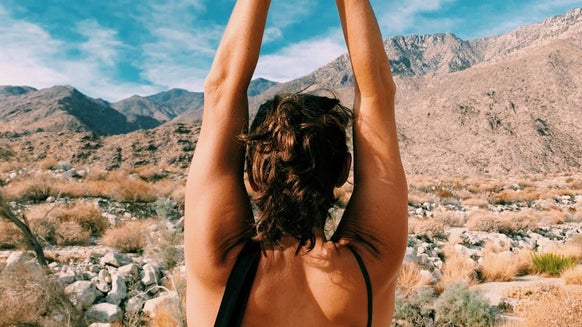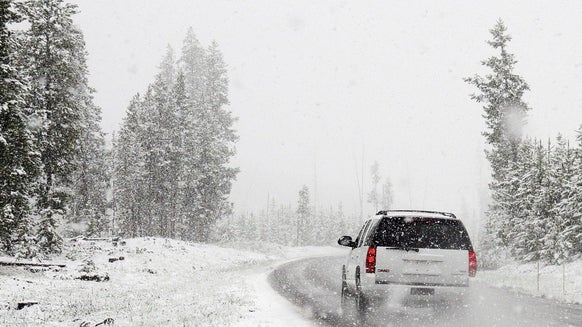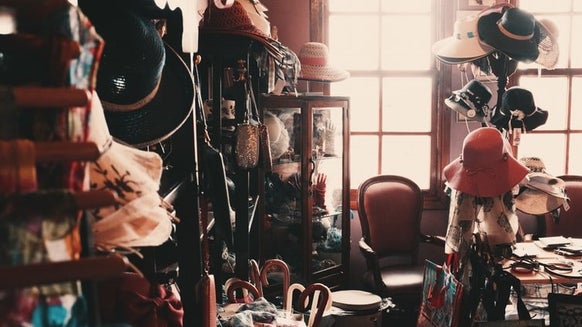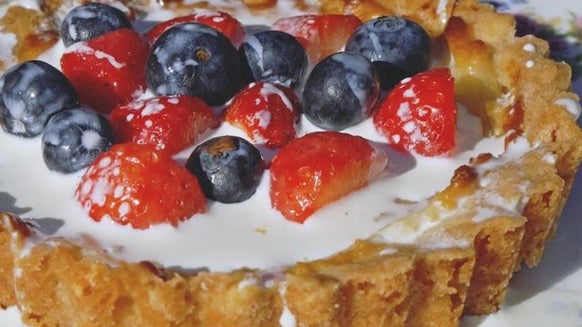How to Plan and Design a Small Garden
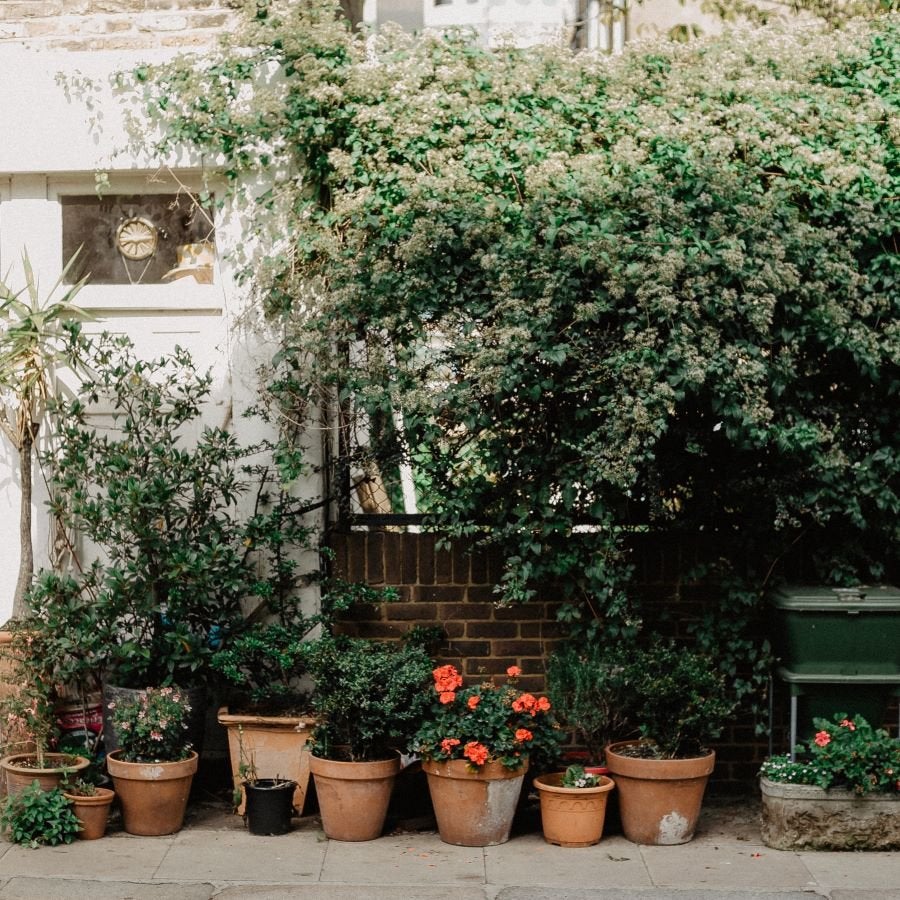
How to Plan and Design a Small Garden
The COVID-19 lockdown has definitely got us reflecting on our homes in more ways than one, simply because of the amount of time it has forced us to stay in our houses. We inevitably start noticing little things we might want to change or enhance about our surroundings. One of the aspects might be your garden area, even if it’s just a tiny patch of nature you have out the back. A small garden although limiting can be just as satisfying as a big one. In fact, its size might just make you think more creatively. But aside from that, a small garden has many more benefits. It’s easier to maintain, requires fewer tools and is great for people on a budget.
And if you’re one of those people that don’t know how to exploit your gardening space due to its size, then you’ve come to the right place. For this post, we’ve consulted fellow professional gardener and landscaper, Gena Lorainne who is working at Fantastic Gardeners. She will take you through the whole process of planning and choosing the appropriate design to fit your gardening needs during these unprecedented times when we need to keep as occupied as possible.
Find out your garden's orientation
When dealing with a small garden it’s important to assess which areas get the most sun and which the most shade. So, observe the garden during the different times of the day (morning, midday, afternoon, evening) and take notes. Track the direction in which the sun and shade travel across the garden. Now check the garden’s orientation by using a trusty compass which is easy to come by since most phones have them nowadays. This will help choose where to position your plants and garden furniture- be it in a sunny place or somewhere with a bit of shade, whatever you prefer.

Test the soil
Your soil will determine the type of plants you’ll be able to grow in it. Use a soil analysis kit to determine whether your pH is acidic, neutral or alkaline. The best type of soil for most plants is a slightly acidic one with an acid/alkaline balance of 6.0 - 6.8 on the pH scale. However, even if your soil isn’t that great, you can always use containers to grow whatever you want. So, don’t overthink things!

Plan your Small Garden Layout
Now comes the time to devise a plan. Start by measuring your garden and writing down its size. Then, take out a pen and paper, or load up photoshop, and outline your garden. Be sure to keep the size in mind and the wall of the house facing your garden. Now create circle-shaped zones, which will co-relate to the things you want to put in the garden. When doing this, consider the size and dimensions of each element, as well as the garden’s orientation. The figure below is just an example:

Once you’re done with the zones, start drawing paths. Paths will help visualize how someone would traverse the garden. In the graphic above the paths are drawn as red dashed lines. When everything is done and drawn, let it sit with you before you take action. Also bear in mind that it might take a few attempts before you get it right.
Avoid using too many materials
When planning a small garden, it’s best to go for a simpler look. Don’t overdo it with the materials. Combine a maximum of three different types of materials when working on the landscaping transformation. Here are some recommended combinations:
- Sandstone paving, brick and wood
- Limestone paving, limestone setts and gravel
Using too many materials can make your garden look smaller. So think things through carefully.
Make the space in your small garden count
Nowadays it’s easy to maximize your garden’s size thanks to folding furniture, living walls, trellises and much more. Also, instead of only focusing on the ground level, look at exploiting every inch of surface you have:
- Walls and fences can be the vertical support of many lush climbers. The more surfaces you cover with growth, the bigger the garden will look. This is due to living walls obscuring the garden’s
- Strong landscaped lines can make a garden seem more attractive and symmetrical. To take advantage of these, simply create interlocking zones using either wood-stained decking, decorative stones or other materials you may fancy. Stylishness is not limited only to big
- A trick you can use to make your garden seem bigger is strategically placing a large mirror amongst your greenery. This will give off the illusion that the garden stretches far beyond its actual reach. It’s also a great way of adding light to more shady
- Raised beds are also a great addition to any small garden. They can double as both a place for planting and a place for sitting down and relaxing. Stairsteps can be used as a background for colourful containers filled with luscious plants. Windowsills, on the other hand, are the perfect spot for window boxes.
- Take advantage of foldable furniture. It’s a great way of saving up space in the garden, as they can always be tucked away after
- And if your garden is really really small, you can opt for artificial grass. It will not only lower the required maintenance but is also child-friendly!

We hope these tips can help you out with your small garden aspirations during lockdown and we hope to see some of this advice tried and tested in the weeks to come!
My name is Gena Lorainne and I’m a gardening & landscaping expert working at Fantastic Services. I’ve been a part of the gardening industry for the past several years. I discovered gardening at a young age and it quickly turned into a hobby. I found being close to nature quite fascinating and relaxing, so I thought "Hey, why not make this my profession".

